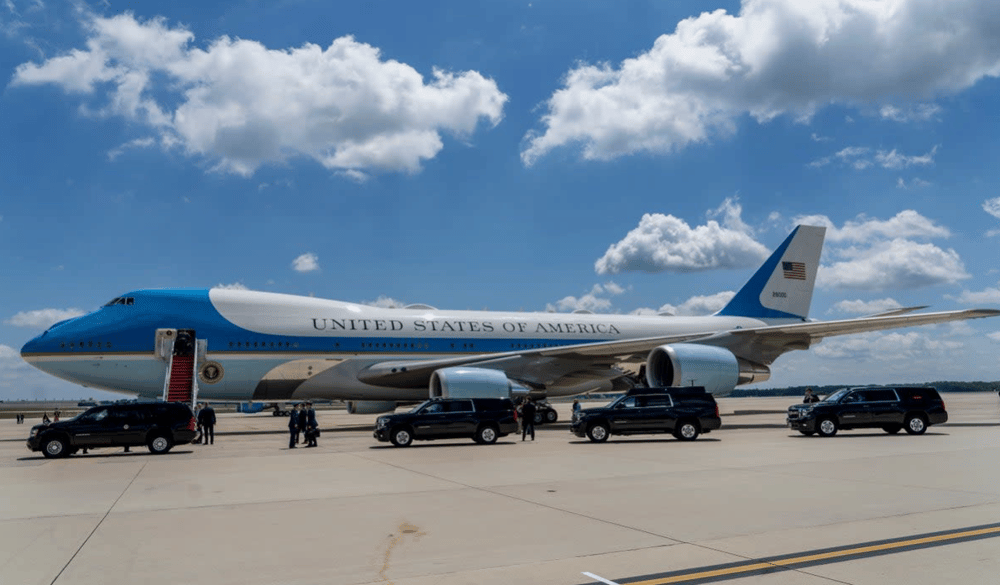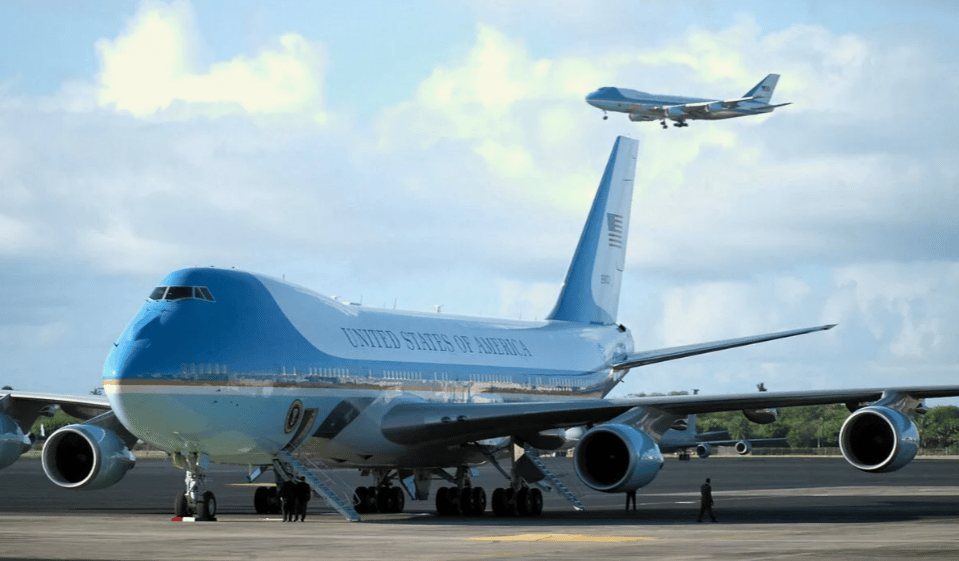Boeing’s Air Force One Program Faces Delays and Cost Overruns Amid Workforce
The United States Government Accountability Office (GAO) has issued a critical update on Boeing Co. $BA and its ongoing struggle to deliver the next-generation Air Force One aircraft, citing major delays, escalating costs, and persistent labor shortages. The ambitious program, officially known as the VC-25B Presidential Aircraft Recapitalization, has now significantly overshot its initial budget and timeline. Originally envisioned as a showcase of American aerospace excellence, the project is becoming a cautionary tale in defense procurement.
Analysis: Causes of Delays and Strategic Implications
Boeing’s contract to modernize the iconic Air Force One fleet is encountering prolonged engineering bottlenecks, persistent modification redesigns, and workforce attrition—factors that have jointly contributed to years of delay and billions in unanticipated costs. According to the GAO report, the complexity of retrofitting two 747-8 aircraft for presidential-level requirements continues to exceed projections. The report attributes setbacks primarily to unresolved design issues and insufficient skilled labor at Boeing facilities.
The financial impact is substantial: the overall cost overrun is now measured in billions of USD, putting pressure on both Boeing’s balance sheet and U.S. taxpayers. These difficulties have pushed the Department of Defense (DoD) and the U.S. Air Force to consider interim alternatives, including a $400 million aircraft acquired from Qatar during the Trump administration for temporary use as a stand-in Air Force One.

Quick Facts
GAO report highlights major delays in Boeing’s Air Force One program
Cost overruns now in the billions of USD beyond initial contract value
Primary issues include engineering changes, design modifications, and workforce shortages
Delivery timeline has been extended by several years
A $400 million interim aircraft was procured from Qatar as a temporary solution
Extended Analysis: Stakeholder Reaction and Industry Impact
The delays have reverberated across defense, aerospace, and political circles. Institutional investors have voiced concerns over Boeing's operational reliability, especially given the manufacturer’s broader struggles with the 737 MAX and Starliner programs. The U.S. Department of Defense faces increased scrutiny from Congress regarding contract oversight and contingency planning.
From a capital markets perspective, this further strains Boeing’s reputation as a defense contractor, possibly impacting long-term competitiveness in large-scale government procurement. It also raises broader questions about project execution capacity in the post-pandemic labor environment, where specialized aerospace skills are in short supply.

Key Takeaways
Boeing’s labor force challenges are a recurring bottleneck across multiple programs
The VC-25B delays compound reputational risk already heightened by other recent Boeing setbacks
Additional costs may trigger future budget reallocations within the DoD
Market analysts are watching closely for downstream effects on Boeing’s defense revenue stream
Interim Air Force One from Qatar symbolizes the urgency and gravity of delays in high-profile programs
Broader Significance and Risk Outlook
Boeing’s continuing struggles with the Air Force One modernization project reflect deeper issues in defense project delivery amid structural labor shortages and program complexity. The spiraling costs and missed milestones not only burden public finances but also weaken strategic readiness. As U.S. defense procurement enters a phase of increased modernization, Boeing’s challenges may prompt both government and private stakeholders to reconsider how such large-scale programs are contracted and managed.















Comments